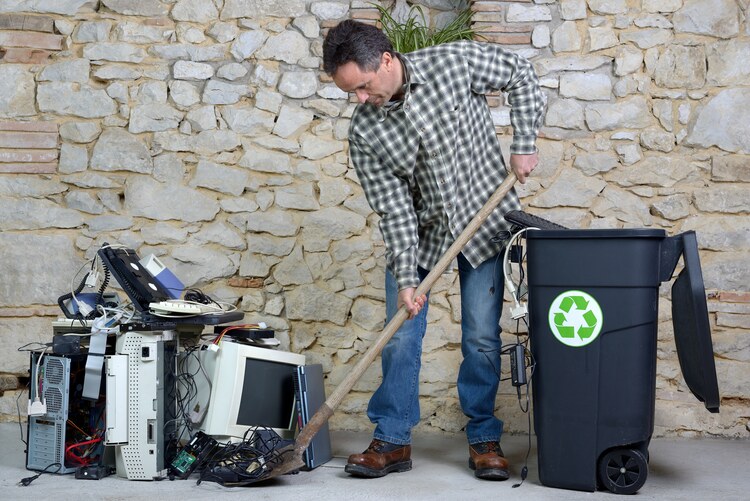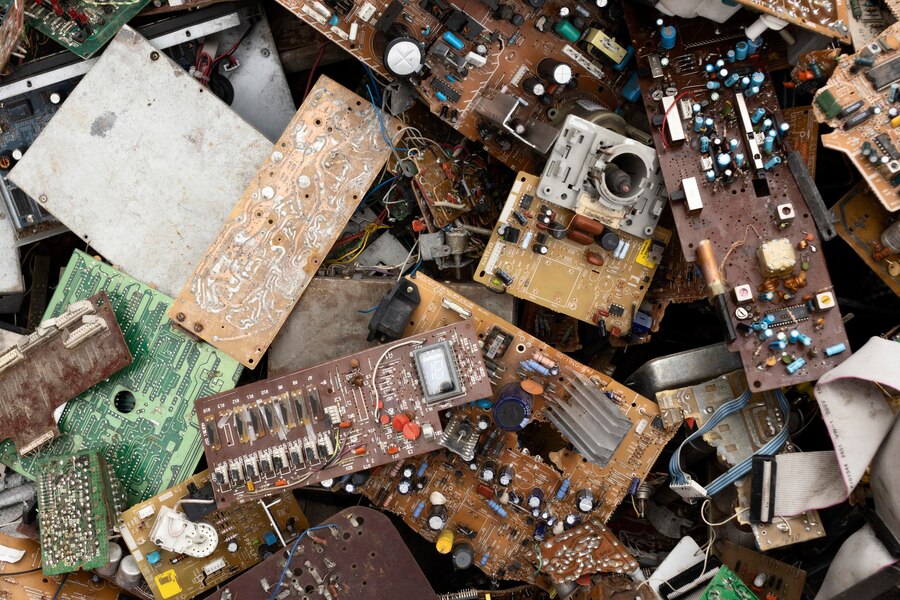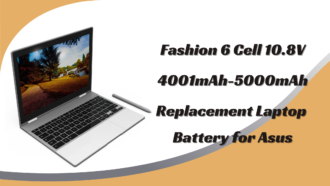How Can You Securely Dispose of Your IT Assets?
Organizations maintain significant essential data on IT systems and other assets. To protect this data, organizations should incorporate strong security measures and policies at every stage of the hardware lifecycle. However, there is a lack of knowledge surrounding the secure disposal of IT assets during the “end-of-life” stage.
If IT assets are not appropriately disposed of, there may be major issues with data privacy. The storage devices hold private business data, including client information, credit card information, sales statistics, etc. This information might be disastrous for the business if it ends up in the wrong hands. Therefore, understanding the best ways to dispose of IT assets is crucial.
Let’s start by talking about the consequences of improper IT asset disposal.
Implications of Improper IT Asset Disposition
Negatively impact your brand’s reputation
You risk damaging your brand’s reputation if the leftover data in your IT assets is compromised. Potential clients may choose not to do business with you due to a data breach. Additionally, if a current customer’s data is exposed, you should expect a breakup with that customer.
Consequences of the Law
Stringent laws, including the CCPA, GDPR, and HIPAA, protect the privacy of personal data. If these rules are not adhered to, the organisation may face severe fines. Therefore, it is necessary to follow the guidelines set forth in these standards for secure data disposal.
Result in fraud
If IT assets are disposed of incorrectly, your sensitive financial information could be made available to those who could abuse it. They can access your bank accounts, credit card information, payment options, and PAN card information. This information can be used to commit scams, phishing attempts, and identity theft.
Best Practices for Securely Disposing of IT Assets
Here are a few safe disposal techniques for IT assets.
Degaussing
The degaussing process involves demagnetizing the magnetic fields of storage devices, including HDDs, magnetic tapes, etc. The market-available magnetic storage devices operate on the polarization of the Weiss domains theory. They write and store data on magnetic field domains. Degaussing causes all the data to be lost since these magnetic domains lose all their magnetic domains.
The degaussing procedure renders a device useless after it has been completed. Devices can be demagnetized using a hardware tool called a degausser. This is a quick and secure way to get rid of IT equipment. Degaussing has one drawback, though, in that not all storage devices can benefit from it. Storage devices, even SSDs that utilise flash memory, cannot be discussed. Additionally, modern gadgets with a high magnetic field cannot be used effectively with it.
Shredding
Disassembling and physically destroying a storage device, whether a USB drive, hard drive, optical drive, or SSD, is called shredding. A shredder can disassemble the storage device into tiny pieces (as small as 2 mm). The information stored there, along with the actual hardware, is lost. You can use Paper Shredders for this.
One disadvantage of this method of disposing of IT assets is that it generates a sizable volume of e-waste. Additionally, a shredder is required for shredding, which adds to the expense of equipment in your office. A facility that shreds documents off-site is another option, which could result in a security lapse.
Data Erasure
Data erasure is the permanent deletion of data from a storage device. People often make errors when formatting or removing data from the storage device before throwing it away. However, this does not completely wipe the device clean of data. The only method that ensures total data eradication is data erasure (wiping).
Market vendors offer a variety of data-erasing tools. These tools permanently erase data by randomly overwriting the storage device (such as USBs, SSDs, HDDs, etc.) with new data. Businesses must follow certain data erasure guidelines, such as DoD 5220.22-M, to dispose of their data properly.
Anyone can reuse the device after data has been erased without risking a data breach or theft. Additionally, unlike other methods of disposing of IT assets, it does not create e-waste. Erasing data is straightforward when using a sophisticated software solution like BitRaser Drive Eraser.
Final Remark
To protect customer data privacy, businesses must appropriately dispose of IT equipment. To properly dispose of IT, you must use methods like data erasure, degaussing, and shredding. Secure IT asset disposal is a means of maintaining comprehensive protection for your company’s and your customers’ data rather than just an obligation to comply with regulations. You may safeguard your critical corporate data by employing these IT disposal techniques.


















